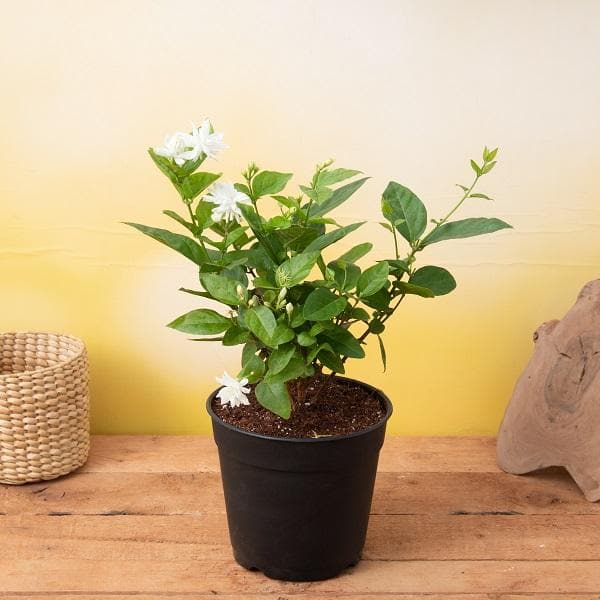
Jasminum sambac, Mogra Plant in 10 inch Grow Bag
(MRP Inclusive of all taxes)
- Shipping ₹79 for entire order
- Dispatch in 7 days
- Country of origin: India

(MRP Inclusive of all taxes)
 Save 29%
Save 29%
Air Purifier Money Plant with Pot The Air Purifier Money Plant, also known as Pothos or Epipremnum aureum, is a stunning indoor plant that...
View full details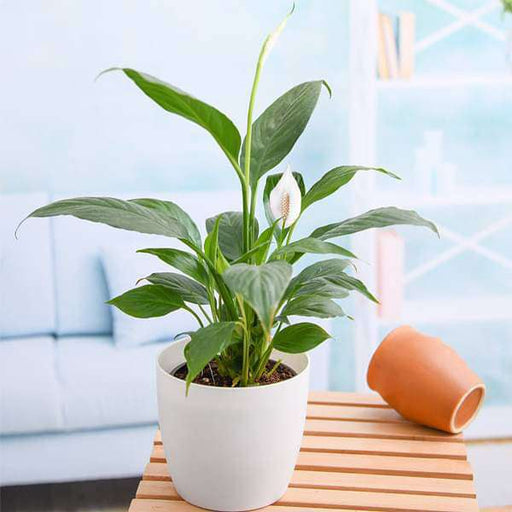
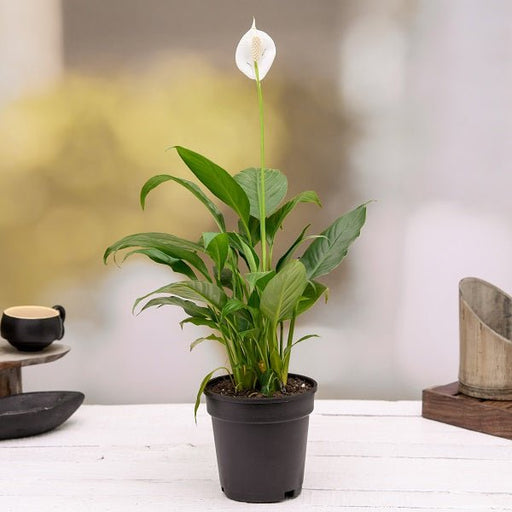 Save up to 15%
Save up to 15%
Peace Lily, Spathiphyllum - Plant The Peace Lily, scientifically known as Spathiphyllum, is a stunning houseplant celebrated for its elegant white...
View full details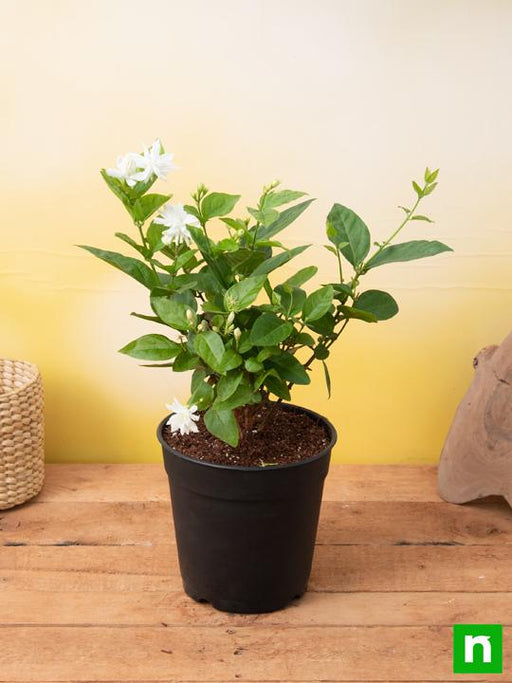
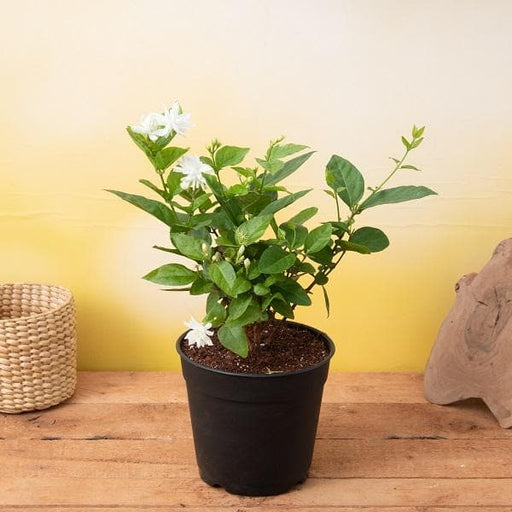 Save 25%
Save 25%
Jasminum sambac, Mogra, Arabian Jasmine - Plant Jasminum sambac, commonly known as Mogra or Arabian Jasmine, is a fragrant flowering plant...
View full details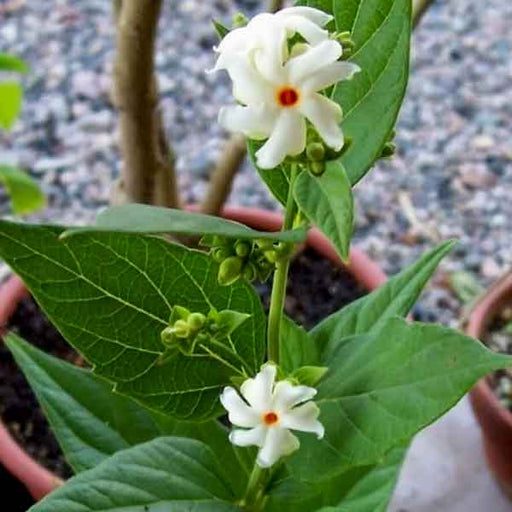
 Save 18%
Save 18%
Combo Constituents Includes the Parijat Tree (Night-Flowering Jasmine), a culturally significant plant with fragrant flowers. Description The Pari...
View full details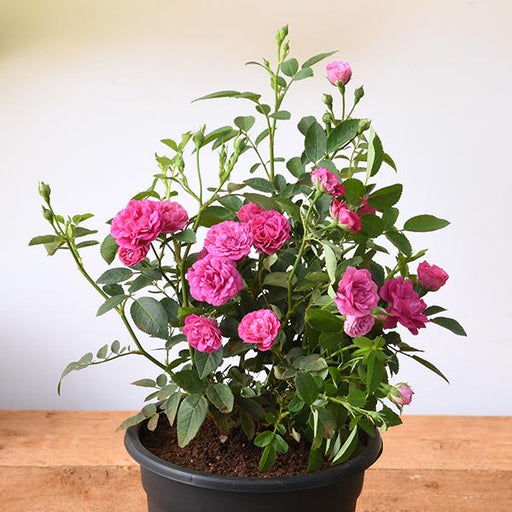
 Save 25%
Save 25%
Miniature Rose, Button Rose (Any Color) - Plant The Miniature Rose, also known as the Button Rose, is a charming and compact flowering plant that ...
View full details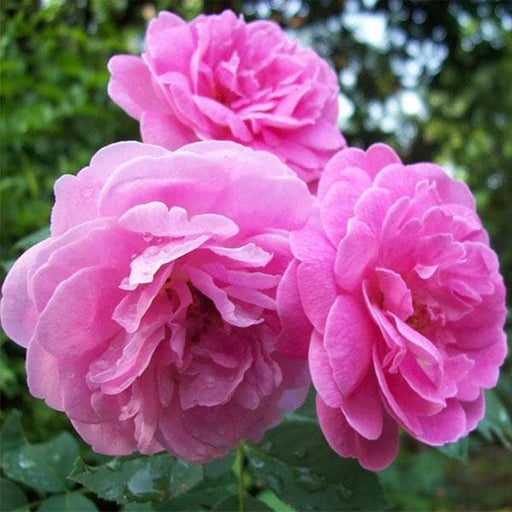 Save 25%
Save 25%
Damascus Rose, Scented Rose (Any Color) - Plant The Damascus Rose, also known as Rosa damascena, is a timeless symbol of beauty and romanc...
View full details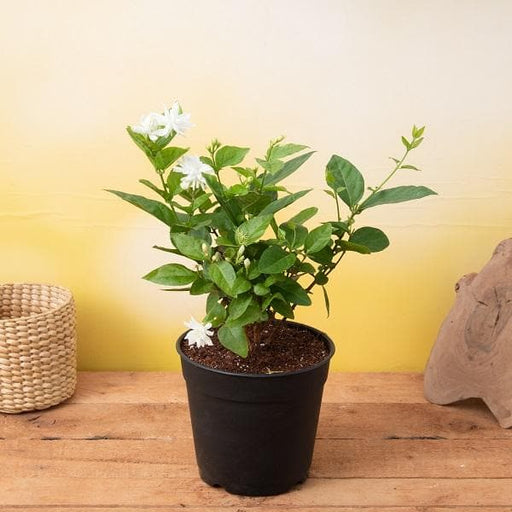
 Save 17%
Save 17%
Beautiful Fragrant Mogra, Arabian Jasmine Plant with Pot The Beautiful Fragrant Mogra, also known as Arabian Jasmine (Jasminum sambac), is...
View full details Save 15%
Save 15%
Pack of Vermicompost and Neem Cake for House Plants Transform your indoor garden with our premium Pack of Vermicompost and Neem Cake, spec...
View full details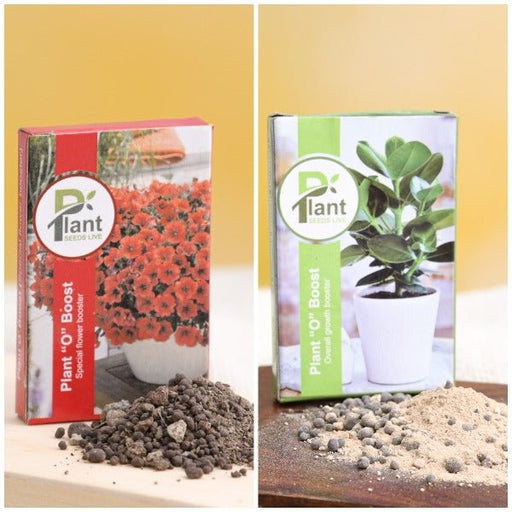
Pack of Plant Growth and Flower Boosters Unlock the full potential of your garden with our Pack of Plant Growth and Flower Boosters! This ...
View full details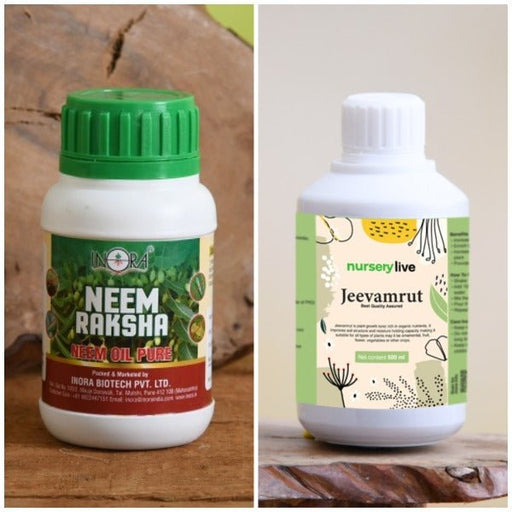 Save 38%
Save 38%
Combo of Jeevamrut and Neem Raksha for Easy Growth and Protection of Houseplants Transform your indoor garden with our exclusive combo of ...
View full details Save 22%
Save 22%
Plant Nutrients Kit (Pack of 16) for a Healthy Garden Transform your garden into a lush paradise with our Plant Nutrients Kit, featuring 1...
View full details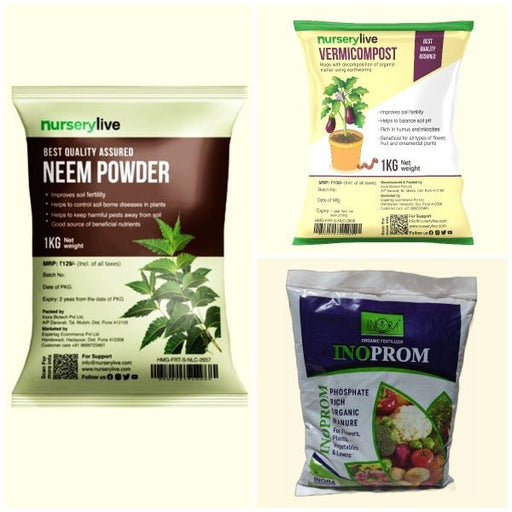 Save 16%
Save 16%
Combo of Top Plant Fertilizers Elevate your gardening game with our exclusive Combo of Top Plant Fertilizers, featuring two bags of premiu...
View full details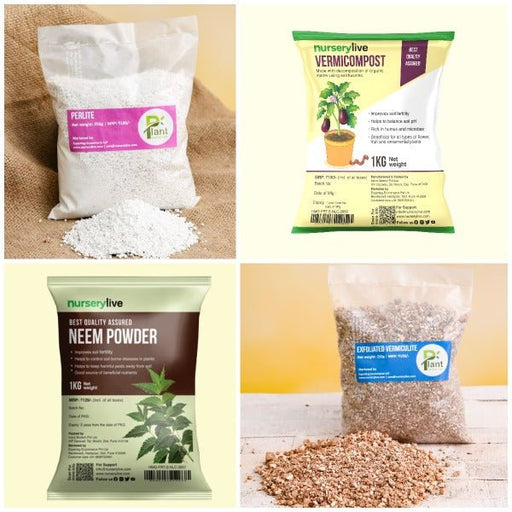 Save 24%
Save 24%
Pack of 4 Additives to Make Soil Healthy and Nutrient Rich Transform your garden into a thriving ecosystem with our Pack of 4 Additives de...
View full details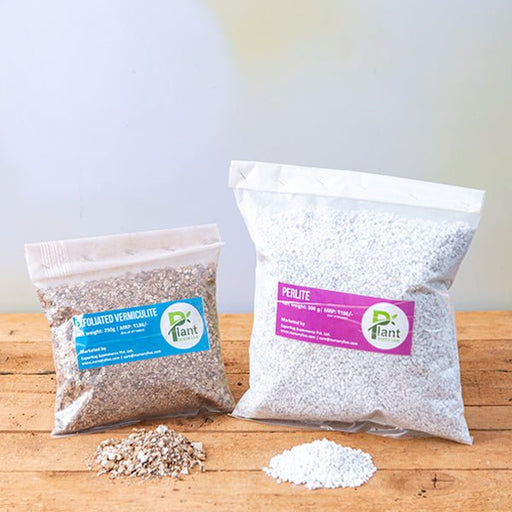 Save 30%
Save 30%
Transform your gardening experience with our premium Combo of Perlite and Vermiculite. This unique blend is designed to enhance soil aeration and ...
View full details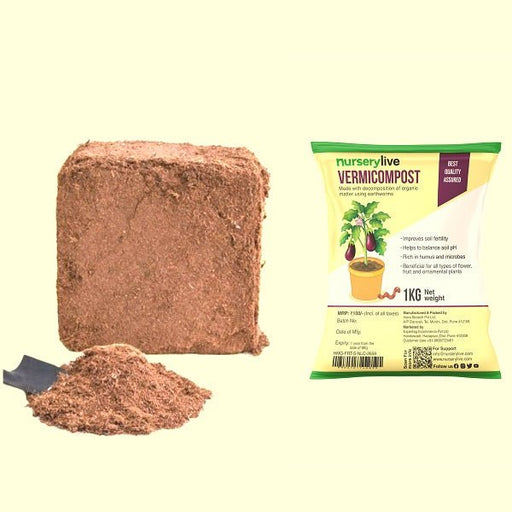 Save 27%
Save 27%
Combo of 2 Vermicompost and Cocopeat - Enrich Your Soil Naturally! Transform your garden into a thriving ecosystem with our Combo of 2 Ver...
View full details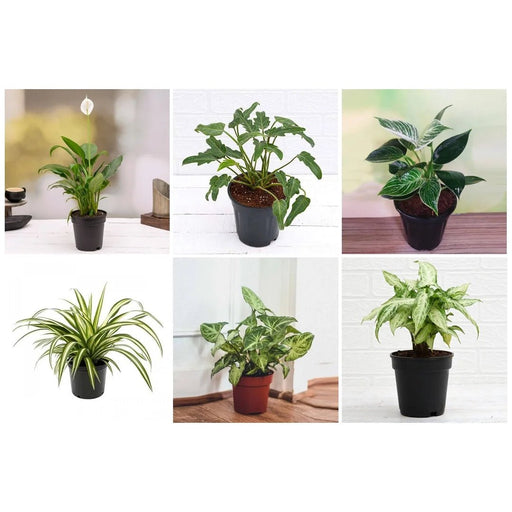
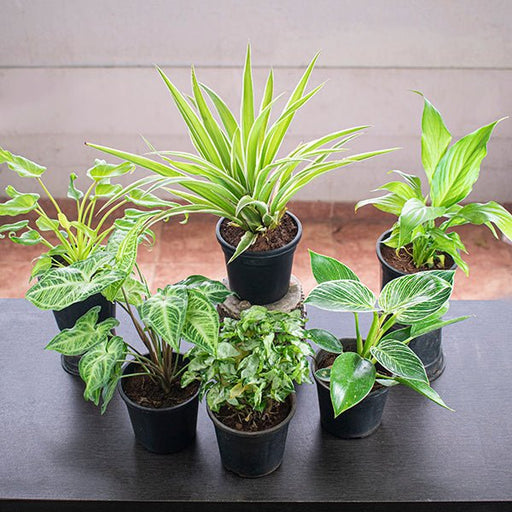 Save 35%
Save 35%
Best 6 Plants for Perfect Indoor Garden Transform your living space into a lush oasis with our curated collection of the Best 6 Plants for a...
View full details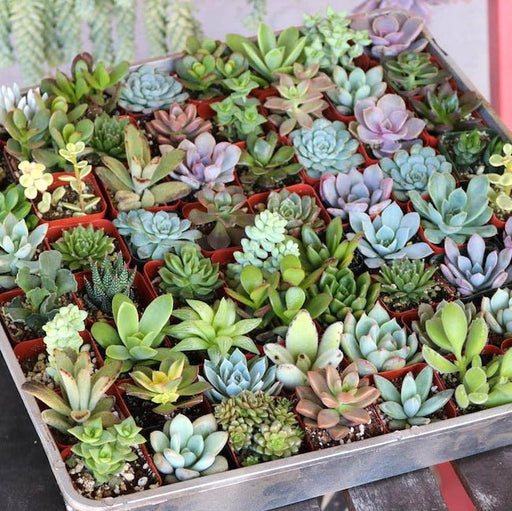
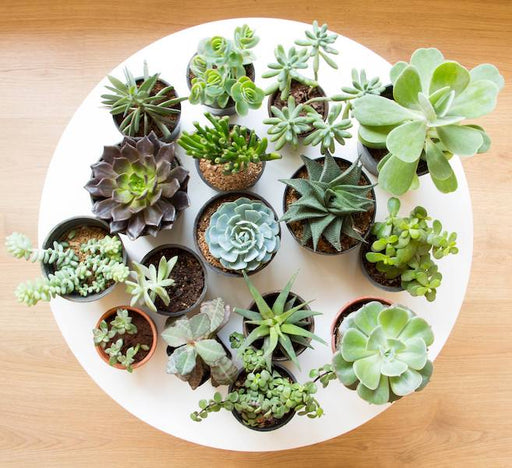 Save up to 50%
Save up to 50%
Mini Succulent Garden Pack Transform your space with our Mini Succulent Garden Pack, featuring a delightful collection of 4 any variety beautiful s...
View full details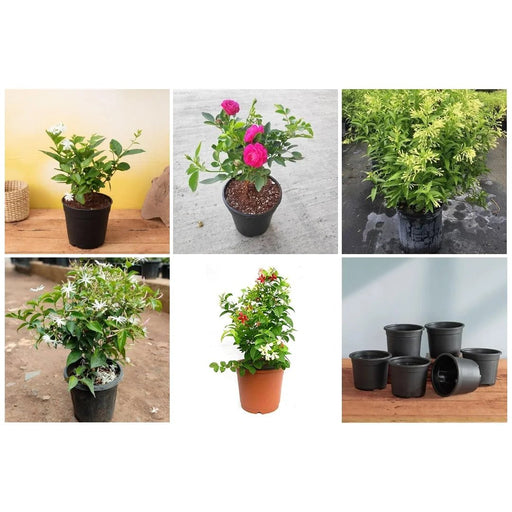
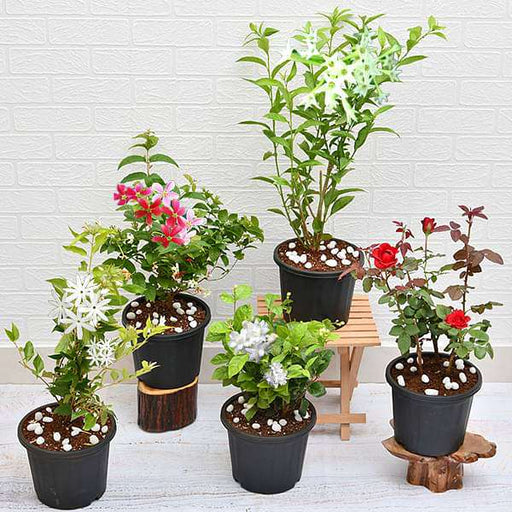 Save 30%
Save 30%
5 Best Fragrant Plants Transform your garden or indoor space into a fragrant paradise with our curated selection of the 5 Best Fragrant Plants. Th...
View full details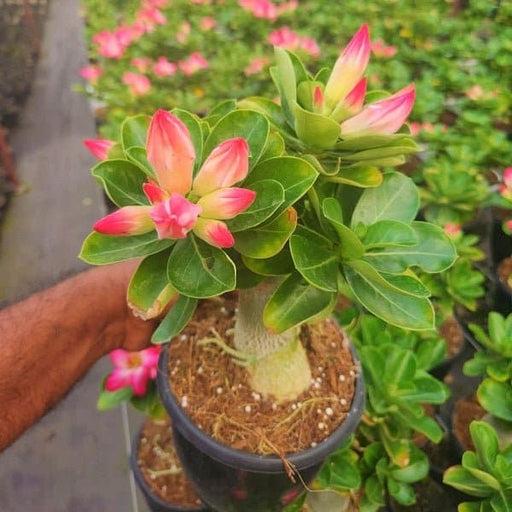
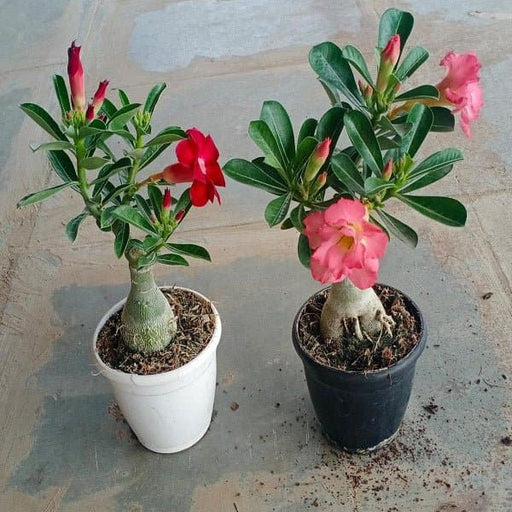 Save 24%
Save 24%
Set of 2 Bonsai Looking Grafted Adeniums Transform your indoor or outdoor space with our exquisite Set of 2 Bonsai Looking Grafted Adenium...
View full details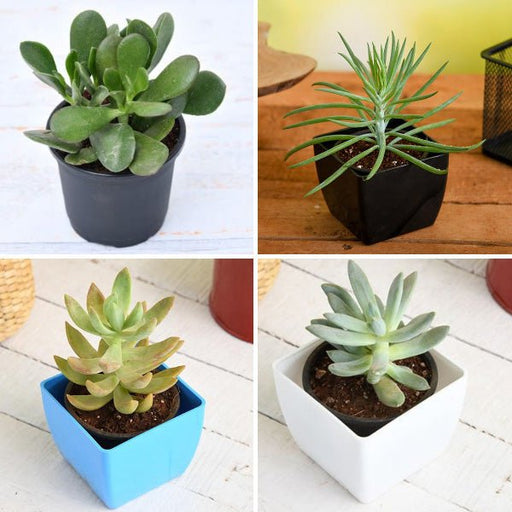 Save 45%
Save 45%
Top 4 Die Hard Succulents Pack Transform your indoor or outdoor space with our Top 4 Die Hard Succulents Pack, featuring a curated selecti...
View full details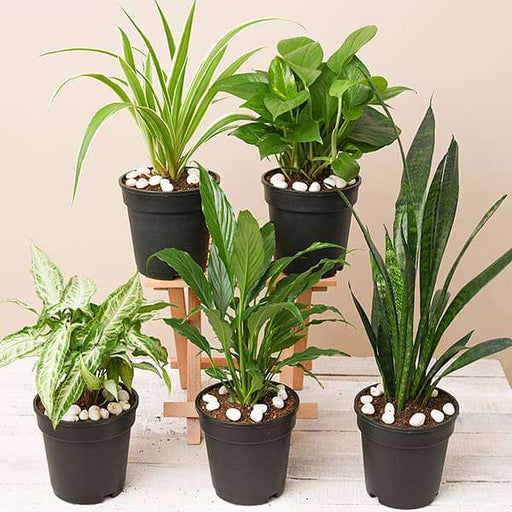
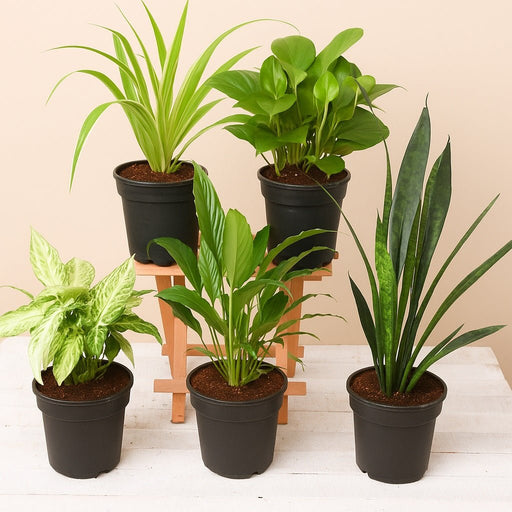 Save 30%
Save 30%
5 Best Indoor Plants Pack Transform your living space into a lush oasis with our '5 Best Indoor Plants Pack.' This carefully curated collection fe...
View full details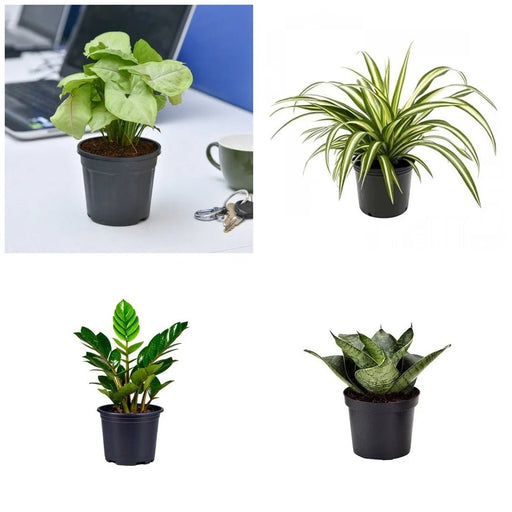
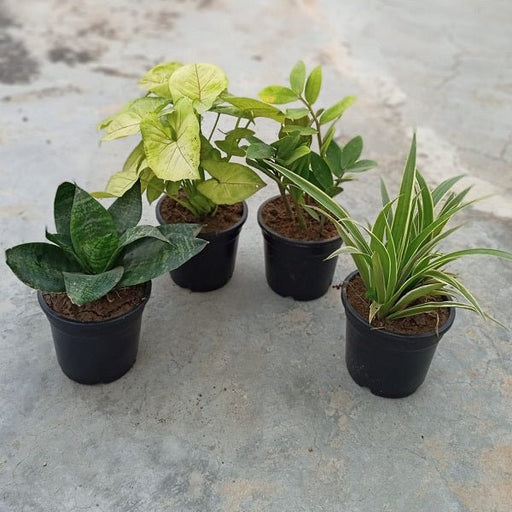 Save 25%
Save 25%
Set of 4 Evergreen Air Purifier Plant Pack Transform your indoor space into a lush, green oasis with our Set of 4 Evergreen Air Purifier Pla...
View full details| SrNo | Item Name |
|---|---|
| 1 | Jasminum sambac, Mogra Plant |
The Jasminum sambac, commonly known as the Mogra plant, is a fragrant flowering shrub native to Southeast Asia. Renowned for its delicate white flowers and sweet aroma, this plant is often used in traditional garlands and perfumes. Its lush green foliage and enchanting blossoms make it a popular choice for gardens and indoor spaces alike.
What sets the Mogra plant apart is its cultural significance, especially in India, where it symbolizes love and purity. The flowers bloom year-round, attracting pollinators and enhancing biodiversity. With its ability to thrive in various environments, the Mogra plant is not only a beautiful addition to any garden but also contributes positively to the ecosystem.
Special features of the Mogra plant include its adaptability to different soil types and its resilience to drought conditions. The plant can grow up to 3 feet tall and produces clusters of small, fragrant white flowers that are often harvested for their essential oils.
If you think the Mogra plant is just a pretty face, think again! This fragrant beauty is packed with benefits that will make you swoon. From its enchanting aroma that can lift your spirits to its potential health perks like reducing stress and anxiety, Jasminum sambac is the ultimate multitasker. It’s like having a therapist and a mood-lifter in your garden. Plus, who wouldn’t want to bask in the sweet scent of jasmine while sipping tea?
Caring for your Mogra plant is like nurturing a diva; it requires attention and a sprinkle of love. This tropical gem thrives in well-drained soil and loves a good sunbath. Water it just right—too much and it’ll sulk, too little and it’ll throw a tantrum. Pruning is essential to keep it looking fabulous, so don’t be shy! With the right care, your Mogra will reward you with blooms that make your heart sing.
The uses of Jasminum sambac are as diverse as a buffet spread! From traditional garlands to aromatic teas, this plant knows how to make an entrance. It’s a staple in many cultures, often used in ceremonies and celebrations. And let’s not forget its role in perfumery; the essence of Mogra is like liquid gold for fragrance lovers. Whether you’re crafting a DIY beauty potion or simply enjoying its scent, this plant is a true gem.
Propagating the Mogra plant is like playing matchmaker; you’re helping new life blossom! You can easily propagate it through cuttings or layering. Just snip a healthy stem, give it a cozy spot in water or soil, and watch it work its magic. With a little patience and care, you’ll have a whole garden of Mogra plants ready to charm your senses. It’s a rewarding endeavor that will make you feel like a gardening wizard.
In the world of Ayurveda, Jasminum sambac is the star of the show! Known for its soothing properties, this plant is often used in herbal remedies and beauty treatments. It’s believed to balance the doshas and promote overall well-being. Whether it’s in a calming tea or a luxurious oil, Mogra is the go-to for those seeking harmony in their lives. Who knew a plant could be such a wellness guru?
Every diva has her foes, and the Mogra plant is no exception. Pests like aphids and spider mites can be a real buzzkill. But fear not! With a little vigilance and some natural remedies, you can keep these pesky intruders at bay. Neem oil and insecticidal soap are your best friends in this battle. Remember, a healthy Mogra is a happy Mogra, so keep an eye out for any signs of trouble!
The fragrance of Jasminum sambac is like a love letter to your senses. It’s sweet, intoxicating, and utterly captivating. One whiff can transport you to a tropical paradise, making it a favorite in perfumes and aromatherapy. This scent is not just a treat for the nose; it’s known to evoke feelings of romance and relaxation. Light a candle or brew some tea, and let the enchanting aroma work its magic.
The Mogra plant is a bit of a soil snob; it knows what it likes! Well-draining, nutrient-rich soil is the key to keeping this beauty thriving. A mix of potting soil and compost will do the trick, providing the perfect environment for roots to flourish. Remember, soggy soil is a no-go; Mogra prefers to keep her feet dry. With the right soil, you’ll be rewarded with lush foliage and fragrant blooms.
Sip, sip, hooray! Jasminum sambac tea is the ultimate beverage for those who appreciate the finer things in life. This delightful infusion combines the soothing properties of jasmine with the warmth of tea, creating a cup that’s both comforting and uplifting. It’s perfect for unwinding after a long day or impressing guests with your sophisticated taste. Plus, it’s a great way to enjoy the benefits of Mogra in a delicious form.
The Mogra plant is a sun worshipper, and it’s not afraid to show it! This tropical beauty thrives in bright, indirect sunlight, soaking up those rays like a beachgoer on a sunny day. Too little light, and it might sulk; too much direct sun, and it could get scorched. Finding that sweet spot is essential for keeping your Mogra happy and blooming. So, give it a sunny spot, and watch it shine!
Jasminum sambac holds a special place in many cultures, often symbolizing love, purity, and beauty. In some traditions, it’s used in wedding ceremonies and religious offerings, making it a plant of deep significance. Its enchanting blooms have inspired poetry and art, capturing hearts across generations. Embracing the cultural richness of Mogra adds a layer of appreciation to this already stunning plant, making it a true treasure in any garden.
Ah, the Mogra Plant, also known as Arabian Jasmine, is a fragrant beauty that enchants gardens and hearts alike. With its delicate white flowers and intoxicating scent, it’s the perfect companion for romantic evenings or just to make your neighbors jealous of your garden.
Caring for Mogra is like nurturing a diva; it craves well-drained soil, bright light, and regular watering. Just don’t drown it! Prune it occasionally to keep it looking fabulous and to encourage those lovely blooms. Remember, a happy Mogra is a fragrant Mogra!
Absolutely! Mogra can be a charming indoor companion, provided it gets enough sunlight. Place it near a bright window and watch it thrive. Just be ready for the delightful aroma to fill your home, making it feel like a fragrant paradise.
Besides being a showstopper in your garden, Mogra offers a bouquet of benefits! Its flowers are used in teas, perfumes, and even traditional medicine. Plus, who wouldn’t want a plant that makes their space smell like a dream
Yes, Mogra is a perennial superstar! It’ll grace your garden year after year, blooming with fragrant flowers that will make you feel like you’re living in a romantic movie. Just give it the right conditions, and it’ll stick around for the long haul.
Watering Mogra is like a fine dance; it requires balance. Keep the soil moist but not soggy. Typically, watering once a week is ideal, but check the soil first. If it’s dry an inch down, it’s time for a drink!
Like any diva, Mogra can attract a few unwanted guests. Aphids and spider mites might try to crash the party. Keep an eye out and use insecticidal soap if needed. After all, we want only the best company for our fragrant friend!
Yes, you can! Propagating Mogra is like sharing the love. Take cuttings from a healthy plant, place them in water or soil, and watch them root. Soon, you’ll have a whole family of fragrant beauties to enjoy or gift to friends!
Mogra loves a warm embrace! Ideally, it thrives in temperatures between 60°F to 75°F. Just keep it away from chilly drafts, and it’ll reward you with blooms that smell like a summer night in paradise.
Mogra is a generous bloomer, often gracing us with its fragrant flowers from spring to fall. With the right care, you can enjoy its delightful blooms for several months. It’s like having a floral party that just won’t end!
Absolutely! Mogra loves a cozy pot as much as it loves the ground. Just ensure the pot has drainage holes and use quality potting mix. With proper care, your potted Mogra will flourish and fill your space with its enchanting scent.
Good news! Mogra is generally considered non-toxic to pets. So, while your furry friends may be tempted to sniff or nibble, you can rest easy knowing they won’t face any harm. Just keep an eye on them; curiosity can lead to mischief!